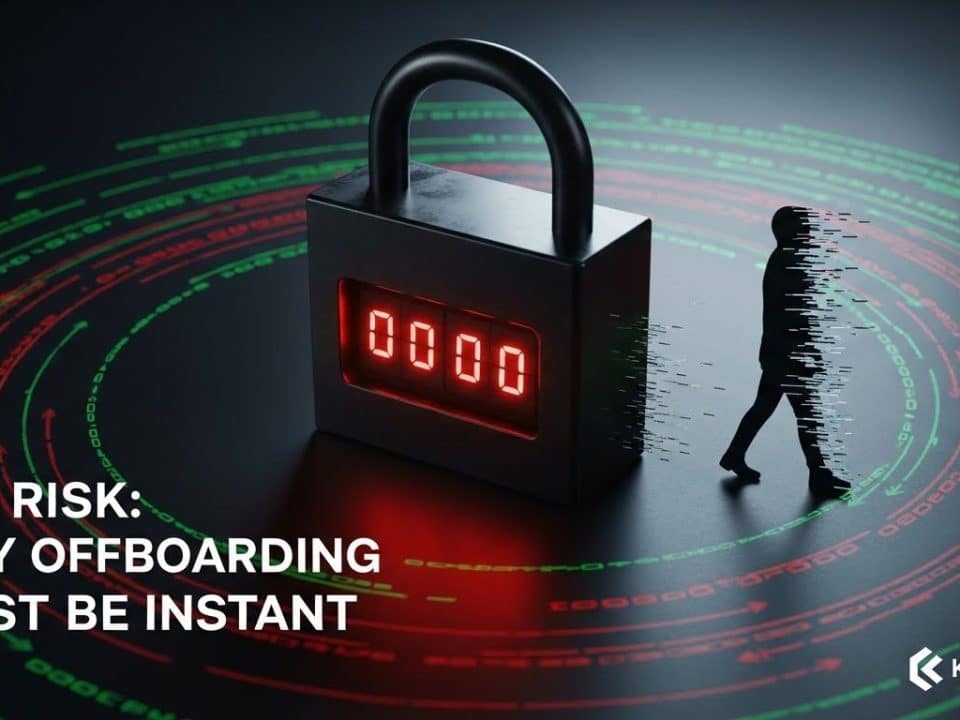
Smart Shopping: Avoiding Scams and Fraud During the Holiday Rush
November 19, 2023
Passkeys: Elevating Online Authentication to a New Realm of Security and Convenience
November 21, 2023In today’s rapidly evolving digital world, cybersecurity threats are becoming increasingly sophisticated, posing significant risks to businesses and organizations of all sizes. Human error remains a critical vulnerability in cybersecurity, as attackers often exploit human behavior to gain access to sensitive information or compromise systems. To address this challenge, security awareness training has emerged as an essential component of cybersecurity strategies.
Traditional Security Awareness Training: Limitations and Shortcomings
Traditional security awareness training often consisted of one-time, generic sessions that delivered information in a passive, lecture-based format. These sessions were often ineffective in engaging employees and fostering a culture of cybersecurity awareness. Moreover, traditional training failed to adapt to the ever-changing tactics and techniques employed by cybercriminals.
The Evolution of Security Awareness Training: Embracing Continuous Learning
Recognizing the limitations of traditional approaches, security awareness training has undergone significant transformation. Modern security awareness programs incorporate adult learning principles, emphasizing continuous learning and reinforcement. This shift focuses on creating a security-conscious culture where employees are actively involved in their own cybersecurity education.
Key Elements of Evolving Security Awareness Training
- Continuous Awareness: Security awareness training should be an ongoing process, not a one-time event. Regular micro-learning modules, interactive simulations, and phishing exercises help keep security top of mind for employees.
- Personalized Training: Tailored training content based on individual roles, responsibilities, and risk profiles ensures that employees receive relevant and actionable information.
- Interactive Learning: Engaging and interactive training methods, such as gamification and role-playing scenarios, enhance knowledge retention and promote behavioral change.
- Real-Time Feedback: Immediate feedback mechanisms, such as simulations and assessments, allow employees to gauge their understanding and identify areas for improvement.
- Culture of Cybersecurity: Foster a culture of open communication and encourage employees to report suspicious activity or seek clarification when needed.
- Continuous Measurement: Regularly evaluate the effectiveness of security awareness training programs to identify areas for improvement and adapt to evolving threats.
Benefits of Evolving Security Awareness Training
- Reduced Human Error: Effective security awareness training minimizes human error, a leading cause of cybersecurity breaches.
- Enhanced Security Posture: A security-conscious workforce strengthens an organization’s overall security posture, making it less susceptible to cyberattacks.
- Improved Incident Response: A well-trained workforce can identify and report suspicious activity promptly, enabling faster and more effective incident response.
- Increased Productivity: Employees who are aware of cybersecurity risks are less likely to fall victim to phishing scams or malware, reducing downtime and improving productivity.
- Reduced Costs: By preventing breaches and minimizing downtime, organizations can save significant financial resources.
Recommendations for Implementing Evolving Security Awareness Training
- Establish Clear Goals and Objectives: Define what you want to achieve with your security awareness training program and set measurable goals to track progress.
- Assess Current Security Awareness: Conduct a risk assessment to identify areas of vulnerability and tailor training content accordingly.
- Choose the Right Training Methods: Select training methods that are appropriate for your target audience and align with your organization’s culture.
- Engage Leaders and Champions: Empower key individuals within the organization to promote security awareness and encourage employee participation.
- Measure and Evaluate: Continuously monitor the effectiveness of your training program and make adjustments as needed.
Evolving security awareness training is a critical investment for organizations of all sizes in today’s increasingly complex cybersecurity landscape. By embracing continuous learning, personalized training, and interactive methods, organizations can create a security-conscious workforce that is empowered to protect sensitive data and minimize cyberthreats.
#SecurityAwarenessTraining #CybersecurityAwareness #ContinuousLearning #CybersecurityTraining #CybersecurityCulture #CybersecurityBestPractices #CybersecurityStrategies #InfoSec #CybersecurityAwarenessMonth #ProtectYourBusiness




